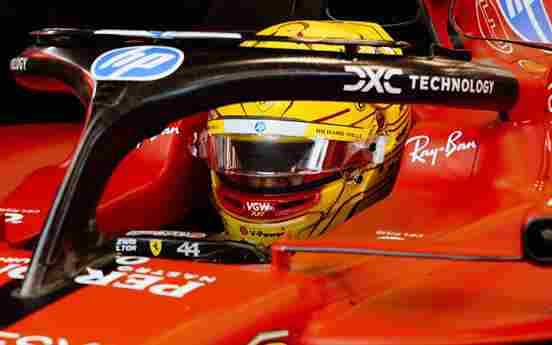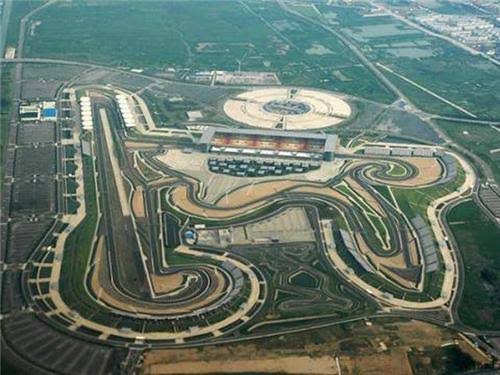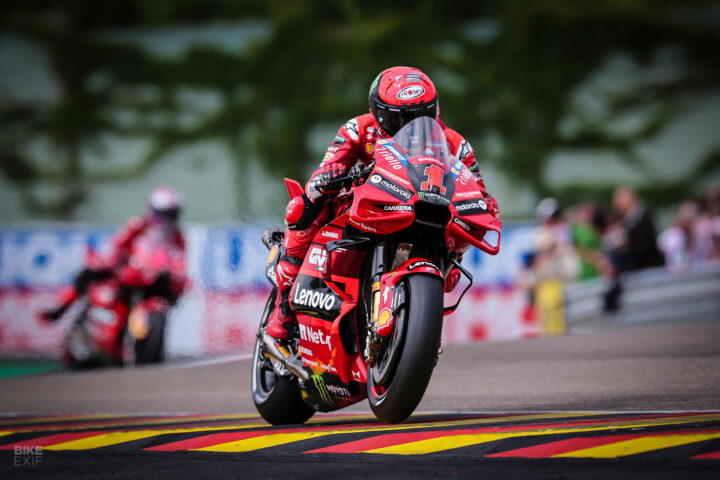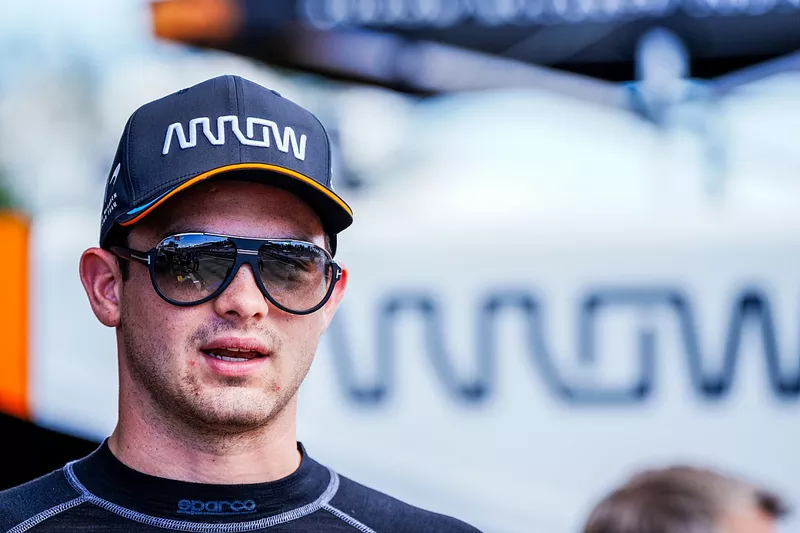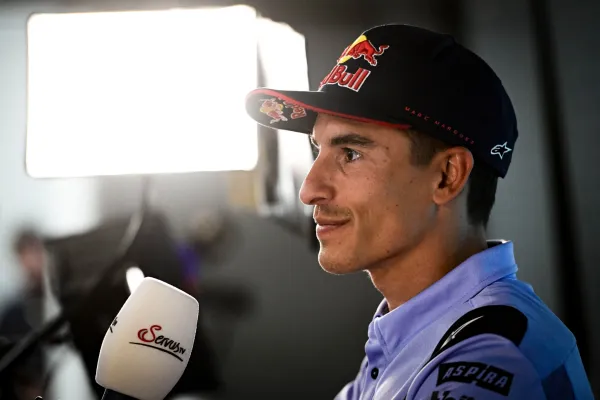How Vasseur’s ‘Flat’ Personality Helped Ferrari F1
In the high-stakes world of Formula 1, emotions often run as fast as the cars themselves. Passion, intensity, and the pursuit of excellence drive the sport, both on and off the track. But in the case of Ferrari’s recent resurgence, it’s the “flat” personality of their team principal, Fred Vasseur, that seems to have played a pivotal role in the team’s return to form.
When the 2023 Formula 1 season began, Ferrari had high hopes of contending for the championship. However, they faced a daunting challenge in the form of Red Bull’s dominant RB19 car. As the season got underway, Ferrari found themselves struggling to meet their own expectations, particularly in managing their car’s performance, especially the tires during races.
The frustration was palpable, but it was in the midst of this challenging period that Ferrari made a critical decision. They appointed Fred Vasseur as their team principal, replacing Mattia Binotto. Vasseur, known for his emotionally level-headed approach, brought a sense of calm to the Prancing Horse.
Charles Leclerc, Ferrari’s star driver, was no stranger to Vasseur’s leadership. He had previously worked under Vasseur’s guidance during their time together at Sauber. Leclerc, in a recent interview with the-race.com, shared his perspective on Vasseur’s impact on the team.
Leclerc highlighted Vasseur’s “super flat” emotional demeanor as a key asset. In the emotionally charged atmosphere of Ferrari, known for its passionate fans and historic legacy, Vasseur’s calm approach provided a vital balance. Leclerc explained that this calmness was particularly beneficial in times of adversity, helping the team make rational decisions when faced with challenges.
The change in leadership marked a turning point for Ferrari. Under Vasseur’s guidance, the team adopted a methodical and systematic approach to understanding their car’s performance issues. Instead of simply reacting to problems, they began a process of in-depth analysis and experimentation.
One of the critical moments in Ferrari’s journey to recovery was their approach to the Dutch Grand Prix. Rather than following the conventional tire analysis route, they dedicated their Friday practice sessions to detailed car experiments. The data collected during these sessions, along with further testing at the Italian Grand Prix, started to provide the team with answers about their car’s weaknesses, especially in tire management.
This newfound understanding translated into tangible, on-track improvements. Charles Leclerc and his teammate Carlos Sainz began to enjoy a better run of form. Their breakthrough came in the form of a victory at the Singapore Grand Prix and competitive performances against Mercedes in Japan.
Leclerc acknowledged that the key to this consistency was the understanding they gained at Zandvoort and the confirmation of their findings at Monza. These two tracks presented vastly different characteristics, and the fact that Ferrari’s improvements applied across such diverse conditions showcased the depth of their progress.
However, Carlos Sainz, while recognizing the progress, remained cautious. He pointed out that Ferrari’s primary challenge had been tire life rather than tire degradation. He noted that the Japanese Grand Prix, while showcasing improved tire management, was a two-stop race, which allowed for more manipulation of tire life.
Sainz emphasized that Formula 1 progress is incremental, built through continuous development and refinement. He highlighted that there are no sudden, miraculous transformations in Formula 1; rather, it’s about steadily improving each aspect of performance.
Ferrari’s journey back to competitiveness in Formula 1 demonstrates the importance of balance in leadership. While the sport thrives on passion and intensity, Vasseur’s “flat” personality has offered a crucial counterbalance. It’s a reminder that clear, rational decision-making is just as essential in the heat of competition as emotional drive.
As Ferrari continues to strive for success and a return to the front of the grid, they do so with a newfound clarity and methodical approach. Vasseur’s leadership has instilled a sense of confidence and direction in the team. While there’s still work to be done, the Prancing Horse is back on track, and their journey is a testament to the power of a “flat” personality in the world of Formula 1.







